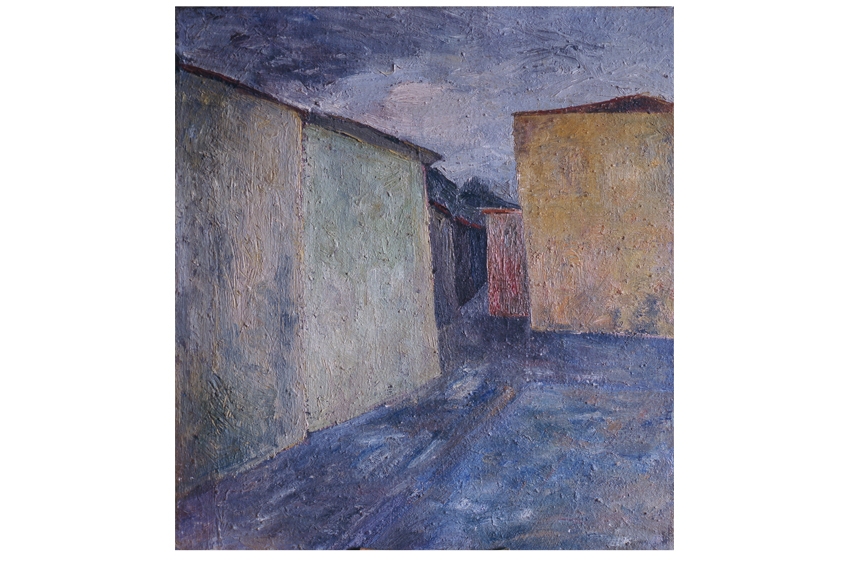Remarkably, this is the first solo show in the UK of the work of Albert Burri (1915–95) for more than 50 years. Compare the popularity of other Italian postwar artists — Lucio Fontana, for instance, who only had one idea, the slashed or pierced canvas, to recommend him. Burri remains very much an unknown quantity, with a single work in this country’s public collections. A dozen Burris were shown at the Tate in 2005 in a mixed show of modern Italian art, but otherwise nothing. All praise then to the Estorick for mounting this enjoyable and succinct survey of Burri’s career: it introduces the general public to an artist well worth the attention.
Born in Città di Castello, the young Burri was a talented footballer with a taste for pirate novels. He studied medicine (a family calling) and qualified as a doctor before serving in the army. In March 1943 he was sent to Libya and was subsequently captured following the Allied victory at El Alamein. Deported by the Americans, he spent the remainder of the hostilities as a prisoner of war in Texas, where he began to paint. (In this he resembles the English artist Terry Frost, who always referred to prison camp as his art school and university.)
By 1946 Burri was back in Italy, determined to pursue a career as an artist, to which end he settled in Rome. It was there that he gradually evolved a new approach to materials. In 1948 he visited Paris and saw the work of Jean Fautrier, who used heavy impasto for his abstract imagery, and mixed thickening agents into his paint. The following year Burri began to use sacking in his own abstract images, and the liberation of this development enabled him to employ a variety of unorthodox (and apparently un-painterly) materials over the coming years.
Burri became famous for making rough collage-type paintings of torn and stitched hessian, a basic material he began to vary with admixtures of tar, pumice stone, wood, plastic and metal.








Comments
Join the debate for just £1 a month
Be part of the conversation with other Spectator readers by getting your first three months for £3.
UNLOCK ACCESS Just £1 a monthAlready a subscriber? Log in